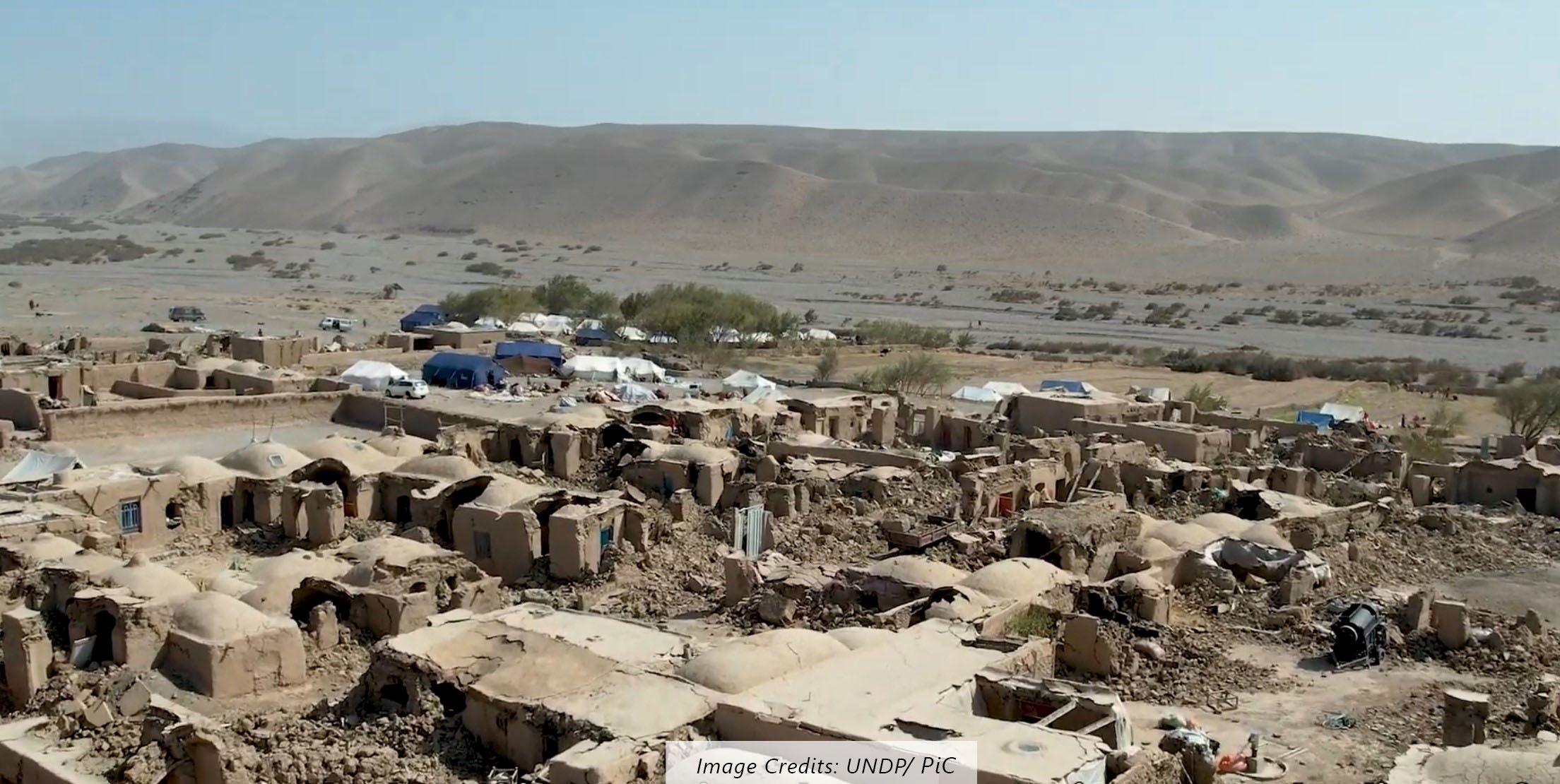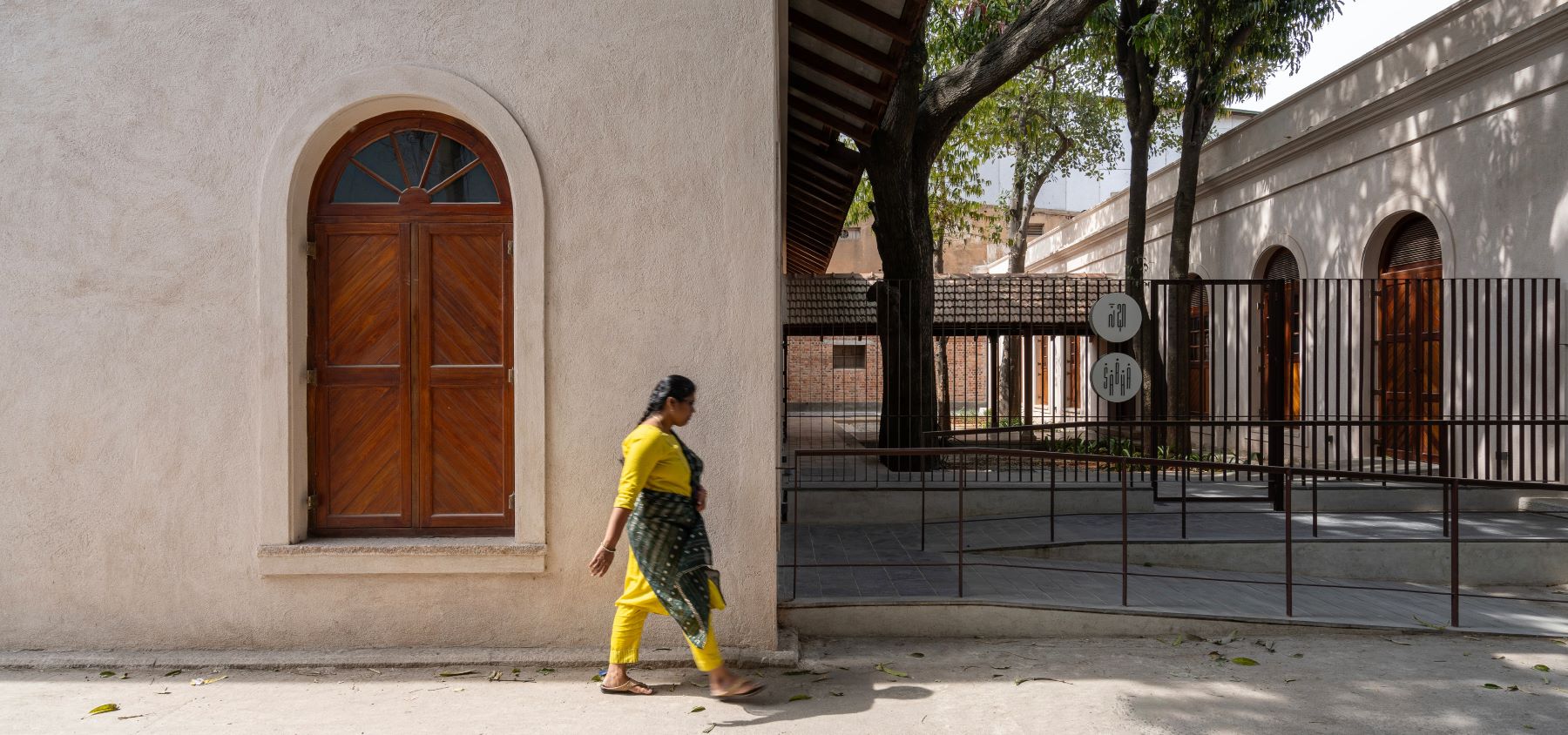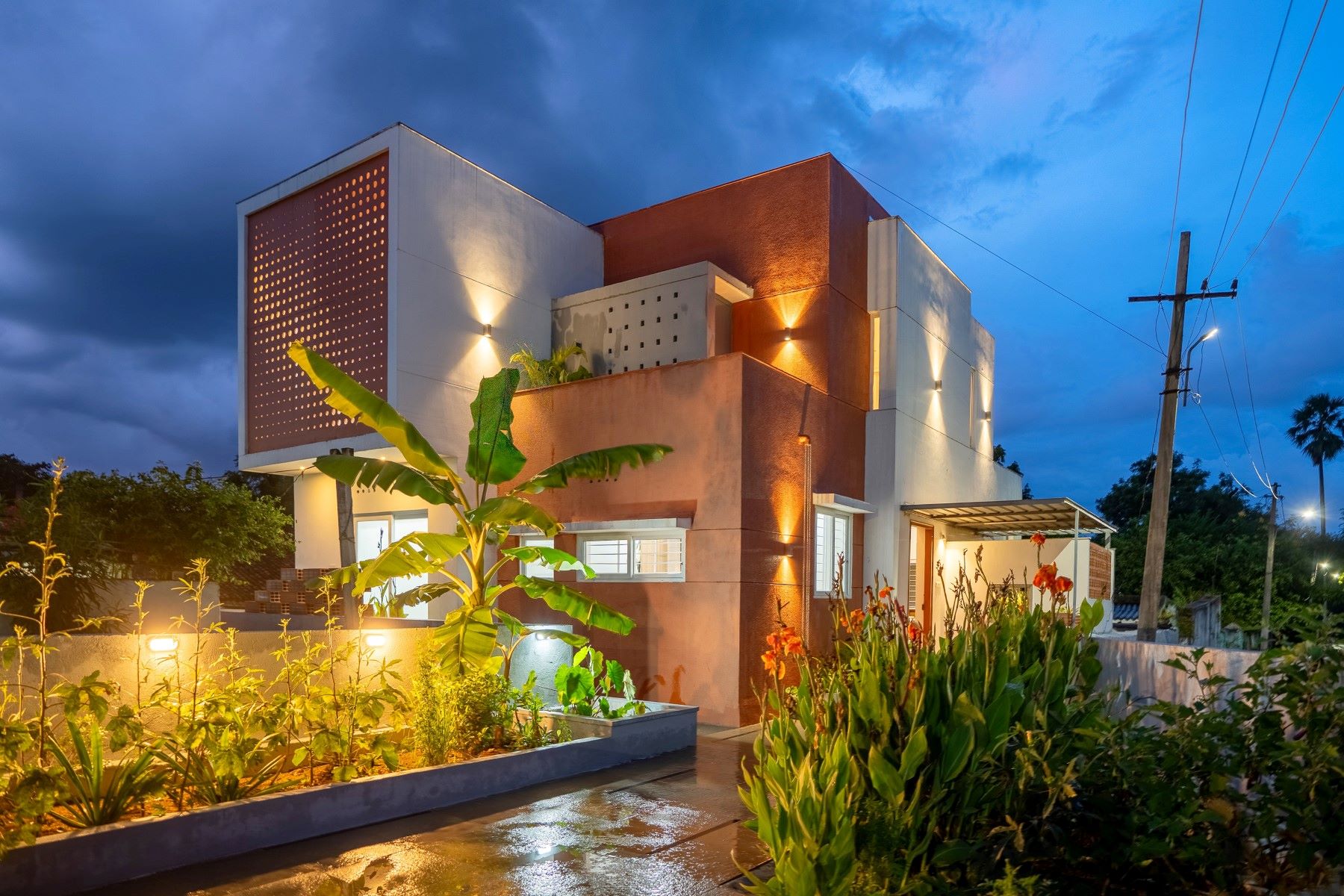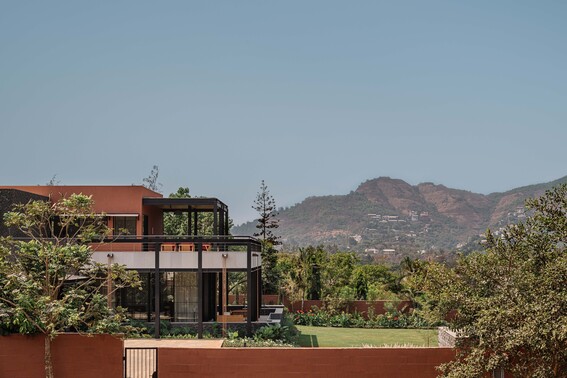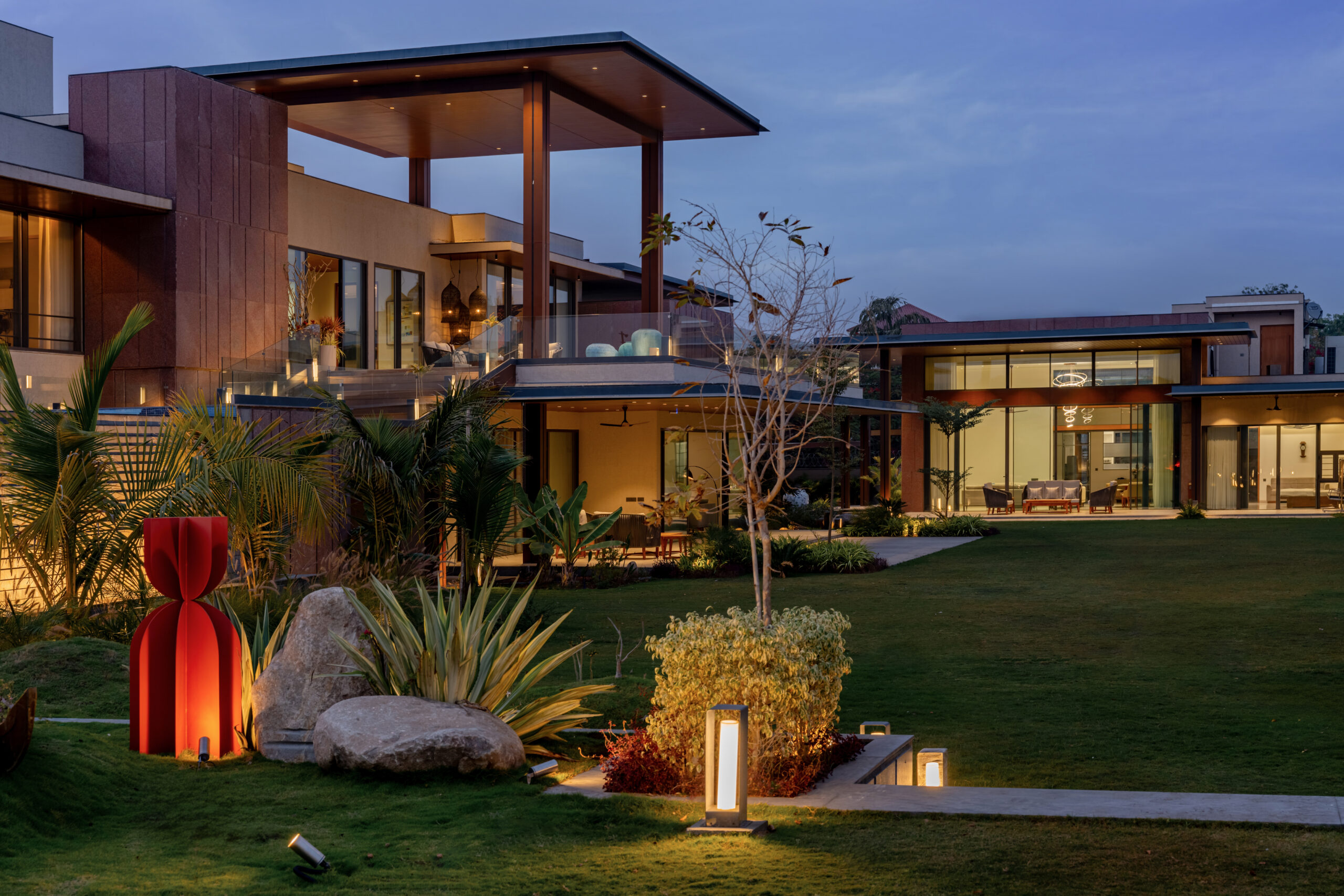
Watching people and photographing them, especially in a space like a museum seems like a counter intuitive idea. Though anybody visiting these hallowed spaces of art and culture would know that they can also be quite tiring so when art saturates your senses, people and their postures liven up the scene. And that is what I seem to end up doing nearly half the time I am at such places, but I was rather sheepish about it. A few years back I came across a 2nd hand book, called, “Museum Watching”, hardbound, its cover was torn and frayed, I quickly scrolled through the inside pages and to my pleasant surprise discovered a brilliant photographer who found pleasure and profession in Museum Watching! Elliot Erwitt, a Magnum photographer had published this book in 1999 with Phaidon (you’ll find it listed on Amazon.com). On the cover page of this book in a hand-written scrawl he wrote, which I thought were words he wrote for me, “I am a dedicated people watcher who loves to see art and art watchers watching. Museums provide irresistible visual feasts of science, history, art on canvas, in sculpture, in buildings that are themselves art. Blending with displays, spectators provide the human scale, thinking, judging, having fun, feeding sensibilities. It all makes fine hunting for a furitive photographer on the prowl”
My attempts at Museum watching come nowhere close to the genius of Erwitt, however please find a selection from a visit to the National Gallery of Art (NGA) – East Building, Washington DC, a setting in which art interacts with art watchers and furitive photographers like me prowl! And thanks to the genius of Elliot Erwitt I even feel legitimate about it!
(An interesting aside is that the East Building wasdesigned by the I.M. Pei (read an earlier piece on another Pei masterpiece) asan extension to the NGA. It is connected to the original via an underground passage, where Pei has used an assemblage of part glass frame pyramids to light an underground passage, a precussor to the iconic glass pyramid at the Louvre, Paris)








